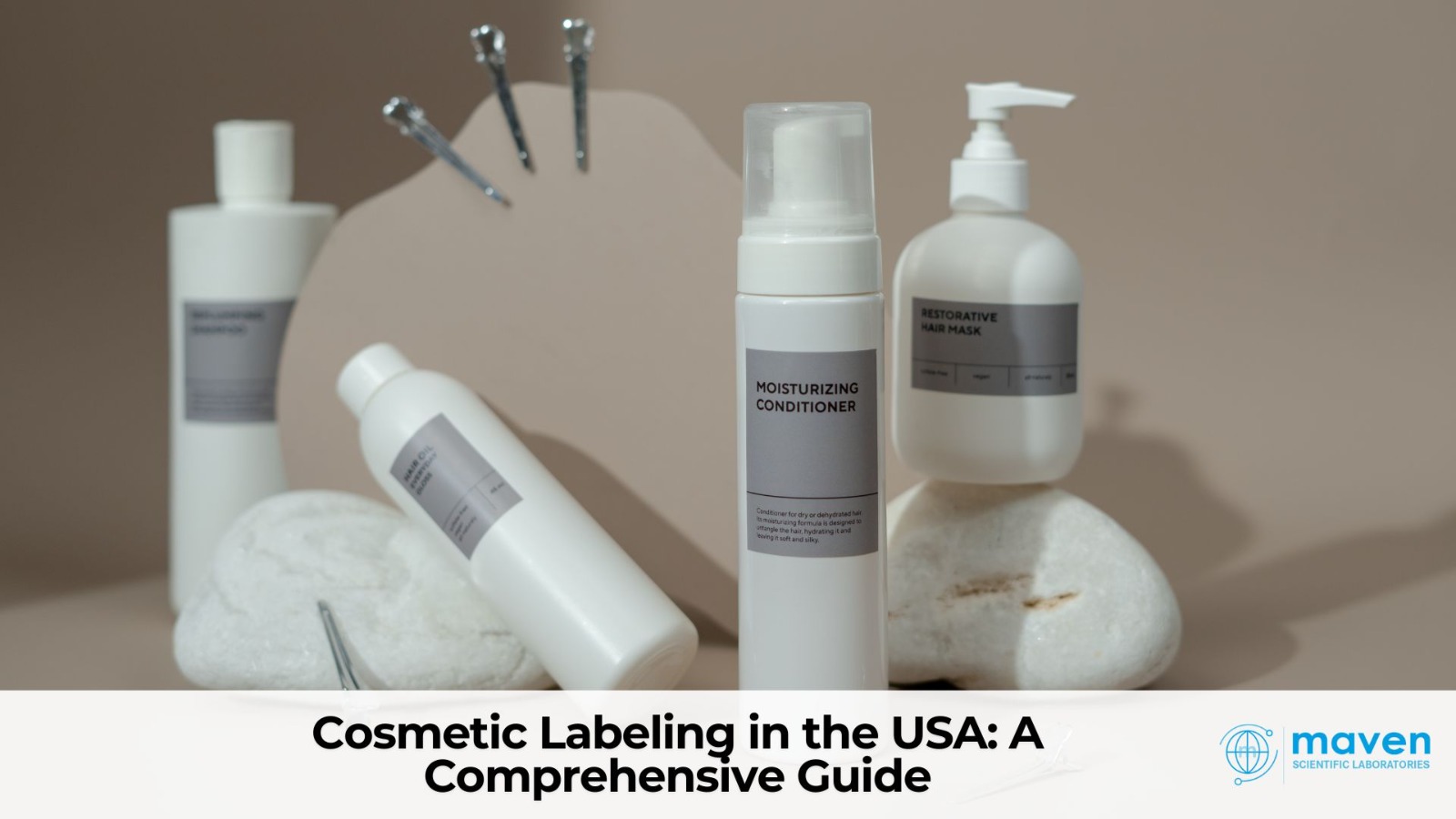Cosmetic Labeling in the USA: A Comprehensive Guide
May 04, 2025
Cosmetic labeling in the United States is a vital aspect of the beauty and personal care industry, aimed at ensuring consumer safety and informed choices. The regulations governing cosmetic labeling are set by several authorities, primarily the U.S. Food and Drug Administration (FDA), along with other state and federal agencies. These guidelines aim to provide clear, truthful information about cosmetic products and ensure their safety.
1. What Is a Cosmetic Product?
The FDA defines a cosmetic as any product intended to be applied to the body to cleanse, beautify, promote attractiveness, or alter appearance. This includes skincare, haircare, makeup, and personal hygiene items. Importantly, cosmetics do not include products intended to treat or prevent diseases (classified as drugs) or those affecting the structure or function of the body.
2. FDA Regulations for Cosmetic Labeling
Cosmetic labeling in the U.S. is primarily regulated under the Federal Food, Drug, and Cosmetic Act (FDCA) and the Fair Packaging and Labeling Act (FPLA). The FDA does not require pre-market approval for most cosmetic products, except for color additives. However, manufacturers are responsible for ensuring products are safe and labels are truthful and not misleading.
Key labeling requirements include:
- Product Identity: The label must clearly state the product's nature or intended use (e.g., “shampoo,” “moisturizer”).
- Ingredients Listing: All ingredients must be listed using their INCI (International Nomenclature of Cosmetic Ingredients) names, in descending order of predominance. Ingredients present at concentrations of 1% or less can be listed in any order following the principal ingredients.
- Net Quantity of Contents: Must be declared in both U.S. customary units and metric units (e.g., 6 fl oz / 177 mL).
- Manufacturer Information: The label must include the name and address of the manufacturer, packer, or distributor for accountability.
3. Additional Labeling Considerations
In addition to the core requirements, several other factors should be addressed:
- Warnings and Directions for Use: Any product that may cause harm if misused must carry appropriate warning statements (e.g., eye irritation, allergen risk).
- Claims: Statements such as “hypoallergenic,” “anti-aging,” or “non-comedogenic” must be truthful and substantiated. If a product claims to treat, prevent, or cure a condition (e.g., “clears acne”), it may be classified as a drug.
- Allergen Information: While not mandatory, listing common allergens (e.g., nuts, gluten, soy) is a good practice to enhance consumer transparency and safety.
4. Cosmetic vs. Drug Products
A major regulatory distinction lies in the claims made about the product:
If a product claims to treat or prevent disease, or to affect the structure or function of the body (e.g., “stimulates collagen,” “treats eczema”), it is considered a drug under U.S. law.
Such products are subject to more rigorous requirements, including pre-market approval, drug labeling standards, and clinical testing.
5. State-Level Regulations
While federal laws govern most aspects of cosmetic labeling, individual states may impose additional requirements.
For example, California’s Proposition 65 requires warning labels on products containing chemicals known to cause cancer or reproductive harm.
Manufacturers should monitor relevant state-specific regulations to ensure full compliance.
6. Voluntary Cosmetic Registration Program (VCRP)
The FDA encourages manufacturers to participate in the Voluntary Cosmetic Registration Program (VCRP). Though not mandatory, VCRP allows the FDA to monitor the marketplace and respond to safety concerns more efficiently.
It enhances transparency for consumers, manufacturers, and healthcare professionals.
Participation reflects a commitment to consumer safety and regulatory compliance.
7. Organic and Natural Claims
Terms like “organic” and “natural” are popular in cosmetic marketing but not strictly defined or regulated by the FDA.
Products labeled as "organic" may only use the USDA Organic seal if they meet USDA organic standards.
“Natural” is not legally defined, so brands must ensure that such claims are truthful, not misleading, and supported by evidence.
Misuse of these terms can result in FDA warnings or consumer trust issues.
8. Special Considerations for Packaging
The presentation of packaging is also subject to scrutiny.
Misleading graphics, unsubstantiated claims, or design elements that misrepresent product function can prompt FDA action.
Packaging must provide clear, honest, and legible information and avoid overstating product capabilities.
9. The Importance of Compliance
Failure to comply with labeling regulations can result in serious consequences, including:
- FDA enforcement actions (e.g., warning letters, product seizures, injunctions)
- Product recalls
- Legal and financial liabilities
- Loss of consumer trust and brand reputation
Maintaining compliance protects both consumers and manufacturers. Regular audits, label reviews, and regulatory updates are essential to avoid costly errors.
Conclusion
Proper cosmetic labeling is essential for compliance, consumer safety, and brand credibility. By following FDA and state regulations, manufacturers can ensure their products are accurately represented and legally marketed.
At Maven, we help brands meet regulatory requirements with expert support in label reviews, compliance, and safety assessments. Reach out to our team to streamline your cosmetic labeling process.


Post a comment